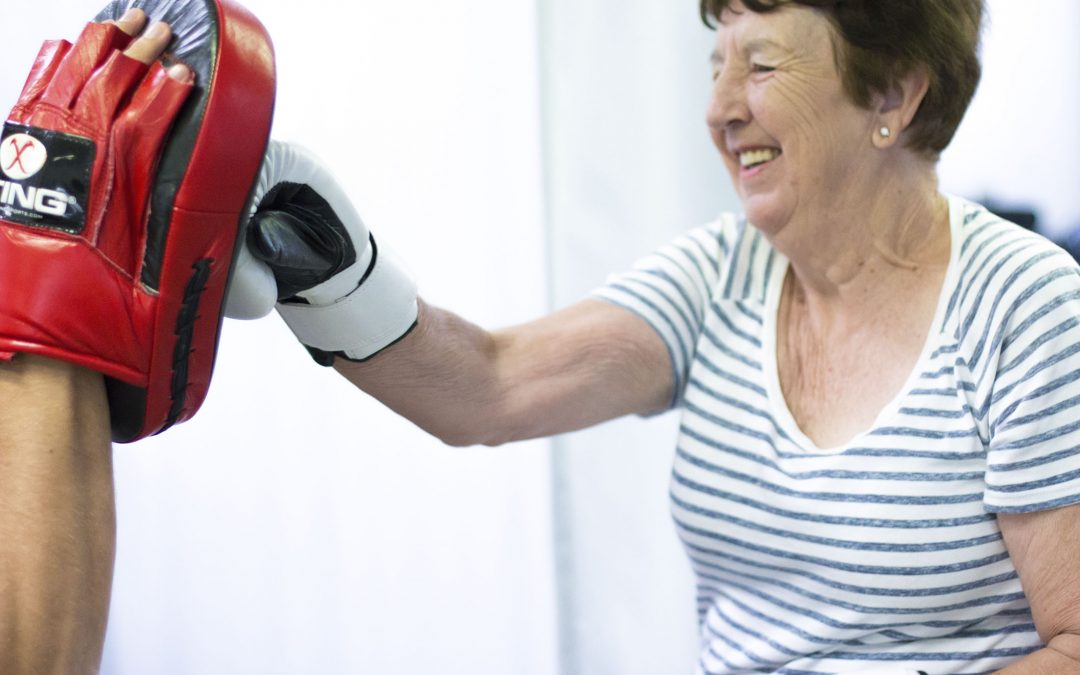Declining strength is a common problem in older people. This is because muscle strength is driven by the stimulus we provide to that particular muscle. In other words, we “use it or lose it” Lifestyle changes can mean we have reduced activity as we get older. Further, illnesses and injuries may be more common as well, which can promote long periods of inactivity. All this combined tends to mean we lose strength as we get older.
This is even more of a problem when we recognise that declining strength makes us more vulnerable. Research shows that pains such as arthritis tend to be significantly worse with declining strength and we are at greater risk of injuries, such as from falls.
However, the upside that many people don’t realise is that older people can gain strength in exactly the same fashion as younger people. It is well evidenced that older people get similar responses to exercise. Exercise will yield increased muscle mass and power in response to 3-4 sessions a week of heavy exercise (for example, 15 repetitions to fatigue). This is what we call resistance training – the optimum way to increase our strength.
Other types of exercise achieve different things. For example, walking a very common choice will not provide a heavy enough stimulus to increase our strength for most people. It’s not like we take 15 steps then we can’t do it anymore because we are too tired. Walking can be beneficial for other means, such as maintaining flexibility and fitness.
Strength training is what gives us the push to get up out of a chair, or to do heavy work in the garden. The only aside to strength training is that our health before we begin exercise needs to be considered. It is not uncommon for older people to have pre-existing injuries and conditions that will need specific management. For example, arthritic knees will improve with exercise, but will need to start with a lighter load which is increased gradually to avoid causing pain. Likewise, a heart condition may impact on the ability to exercise intensely and will need specific management. It is important to note that older people should always start any exercise program gradually, particularly if they have not done any exercise in a while.
Two great exercises to start with are:
- Wall pushup – perform a pushup on the wall by leaning into it. Modify how much you are leaning to change the difficulty. Repeat this exercise for multiple rounds of up to 15 repetitions.
- Wall squat – Have your back against the wall with your feet out in front of you. Slowly slide down the wall until your legs are bent up to 90 degrees. Consider bending them less if it is too difficulty or you are getting pain. Hold this position for up to 30 seconds, repeating up to 10 repetitions, taking rests as needed.
If you’re unsure of where to begin, read our blog on seniors exercise classes or contact us on 9477 1997!

